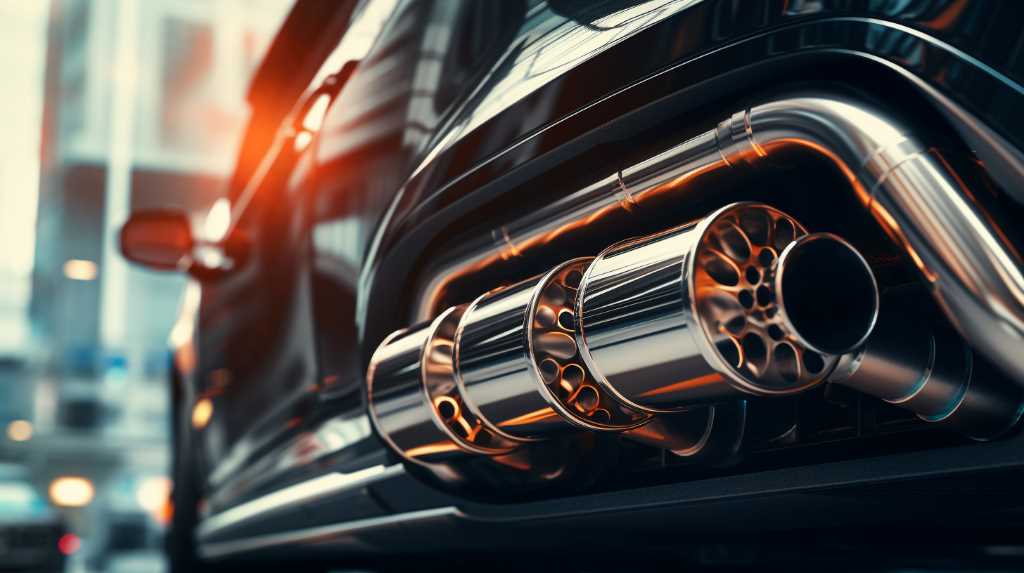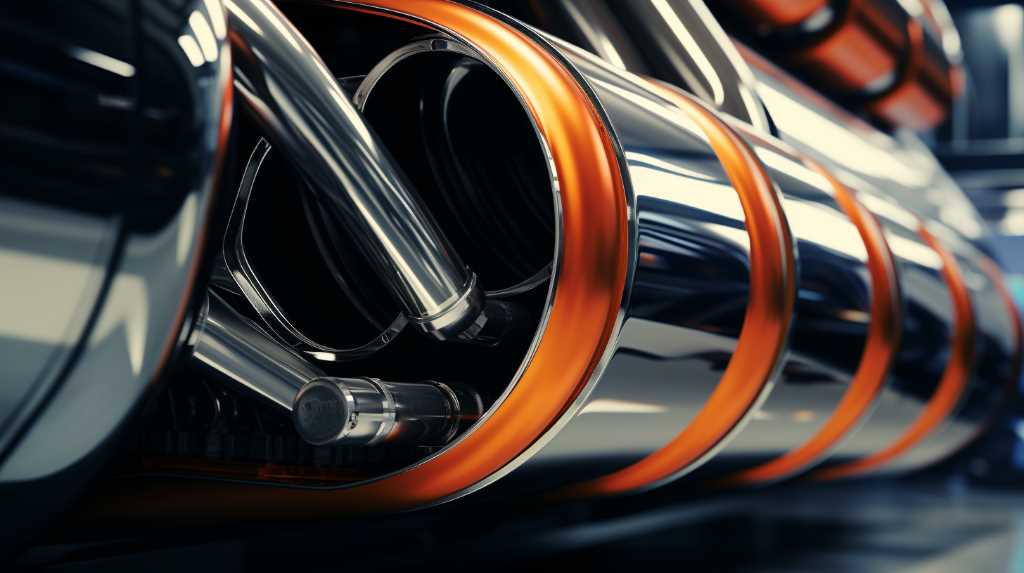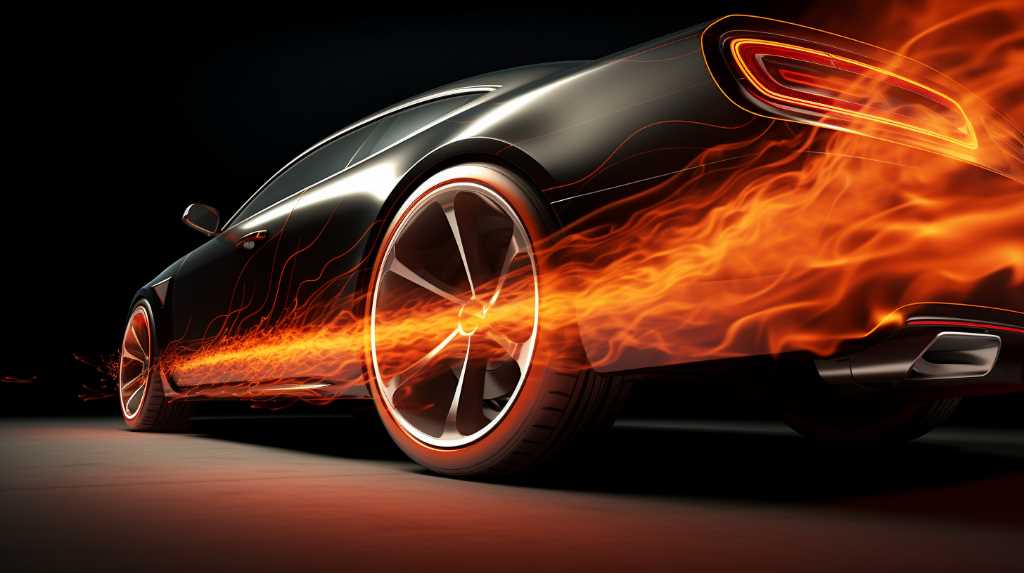Do you want to unlock hidden power in your vehicle? Read on to discover the role of high-flow catalytic converters in boosting engine performance. These innovative devices are designed to improve exhaust flow, allowing your engine to breathe easier and deliver more power. By reducing restrictions and optimizing emissions control, high-flow catalytic converters offer a win-win solution.
Find out how this technology can maximize your vehicle’s potential and enhance your driving experience. Get ready to unleash the hidden power that lies within.
Key Takeaways
- High-flow catalytic converters can significantly improve engine performance and fuel efficiency.
- These converters optimize exhaust flow, leading to enhanced power output, acceleration, and top speeds.
- They also contribute to improved fuel economy and savings at the pump, while reducing harmful emissions for environmental protection.
- High-flow catalytic converters play a crucial role in emissions compliance, converting harmful pollutants into less harmful substances and meeting regulations without compromising performance.
The Benefits of High-Flow Catalytic Converters
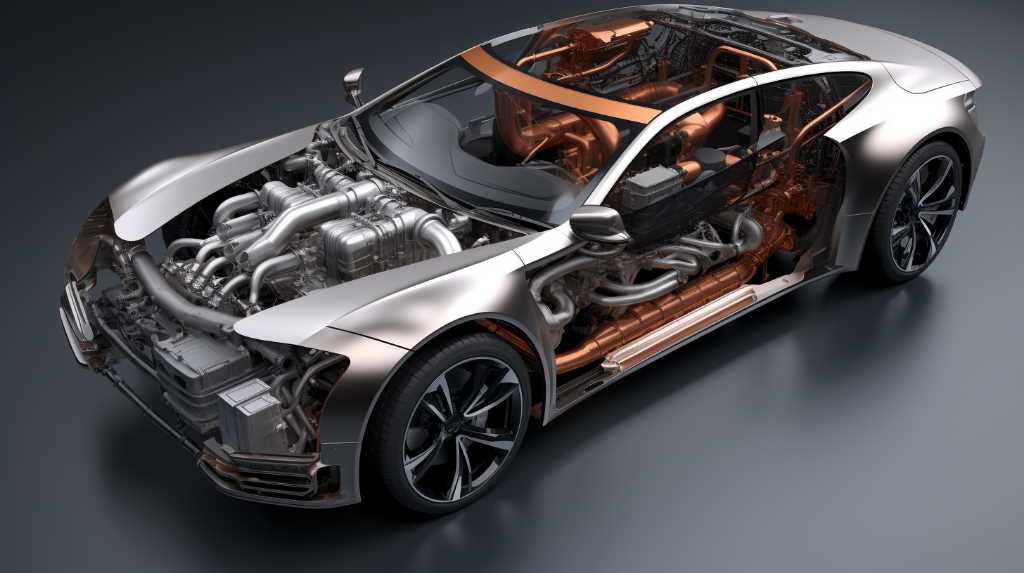
You’ll be amazed at the significant improvements in performance and fuel efficiency that high-flow catalytic converters can provide. These innovative converters are designed to optimize the flow of exhaust gases, allowing for better engine performance. By reducing backpressure and increasing the flow of exhaust gases, high-flow catalytic converters enable your engine to breathe more easily, resulting in enhanced power output. This means that you’ll experience improved acceleration, higher top speeds, and overall better performance on the road.
Not only do high-flow catalytic converters boost performance, but they also contribute to increased fuel efficiency. The improved airflow allows for better combustion, resulting in a more efficient use of fuel. With a high-flow catalytic converter, your engine can operate at its optimal level, maximizing fuel economy and reducing emissions. This means that you can go further on a tank of fuel and save money at the pump.
In addition to the performance and fuel efficiency benefits, high-flow catalytic converters also offer environmental advantages. These converters are designed to reduce harmful emissions, such as carbon monoxide, nitrogen oxides, and hydrocarbons. By effectively converting these pollutants into less harmful substances, high-flow catalytic converters help to protect the environment and improve air quality.
Improving Engine Performance With High-Flow Catalytic Converters

Improving engine performance can be achieved with high-flow catalytic converters, and they can provide significant benefits for your vehicle. These converters are designed to reduce the restriction in exhaust flow, allowing the engine to breathe more freely. By reducing back pressure, high-flow catalytic converters can improve horsepower and torque output. This means that your engine will have more power and acceleration, making your driving experience more enjoyable.
High-flow catalytic converters also improve engine efficiency by optimizing the air-fuel mixture. They help to reduce the amount of unburned fuel and harmful emissions that are released into the atmosphere. This not only benefits the environment but also ensures that your engine runs more efficiently.
In addition, high-flow catalytic converters contribute to better fuel economy. With improved exhaust flow, the engine doesn’t have to work as hard to push out the exhaust gases. This results in less energy wasted and more power being transferred to the wheels. As a result, you can expect to see an improvement in your vehicle’s fuel efficiency.
Understanding the Role of High-Flow Catalytic Converters in Emissions Compliance
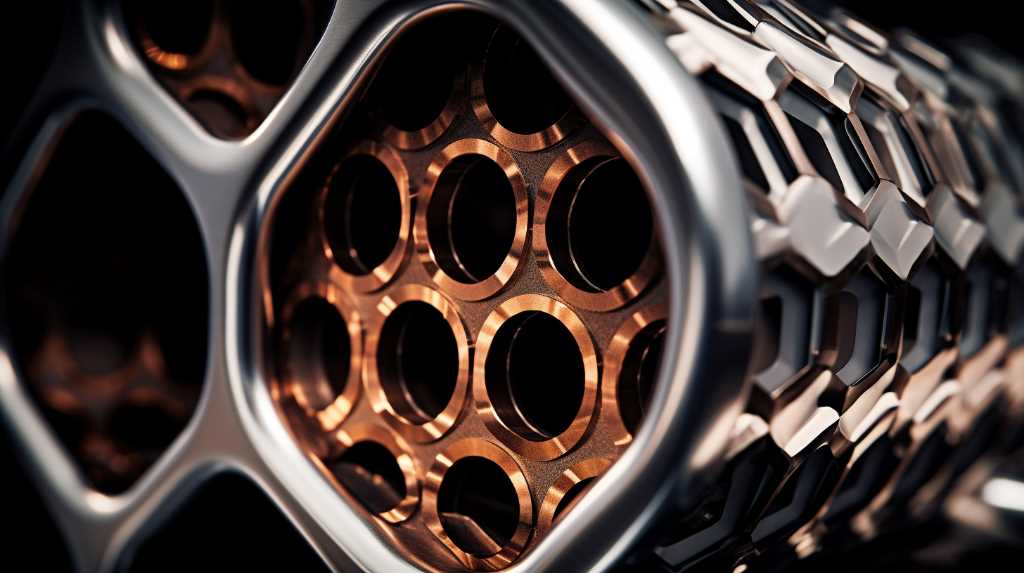
To fully understand the role of high-flow catalytic converters in emissions compliance, it’s important to recognize how they work in conjunction with the vehicle’s exhaust system. These converters are designed to reduce harmful pollutants in the exhaust gases that are emitted from the engine. They achieve this by using a catalyst, typically made of platinum, palladium, and rhodium, to facilitate chemical reactions that convert harmful gases into less harmful substances.
Traditional catalytic converters have a honeycomb-like structure that restricts the flow of exhaust gases, which can limit engine performance. However, high-flow catalytic converters are specifically designed to minimize this restriction. They feature larger and less restrictive catalytic substrates, allowing for increased exhaust flow while still effectively reducing emissions. This means that vehicles equipped with high-flow catalytic converters can achieve better engine performance without compromising emissions compliance.
In addition to their improved flow characteristics, high-flow catalytic converters also use advanced catalyst formulations and coatings to enhance their effectiveness in reducing emissions. These advancements ensure that the converter can efficiently convert harmful gases such as nitrogen oxides, carbon monoxide, and hydrocarbons into less harmful substances like nitrogen, carbon dioxide, and water vapor.
Exploring the Technology Behind High-Flow Catalytic Converters
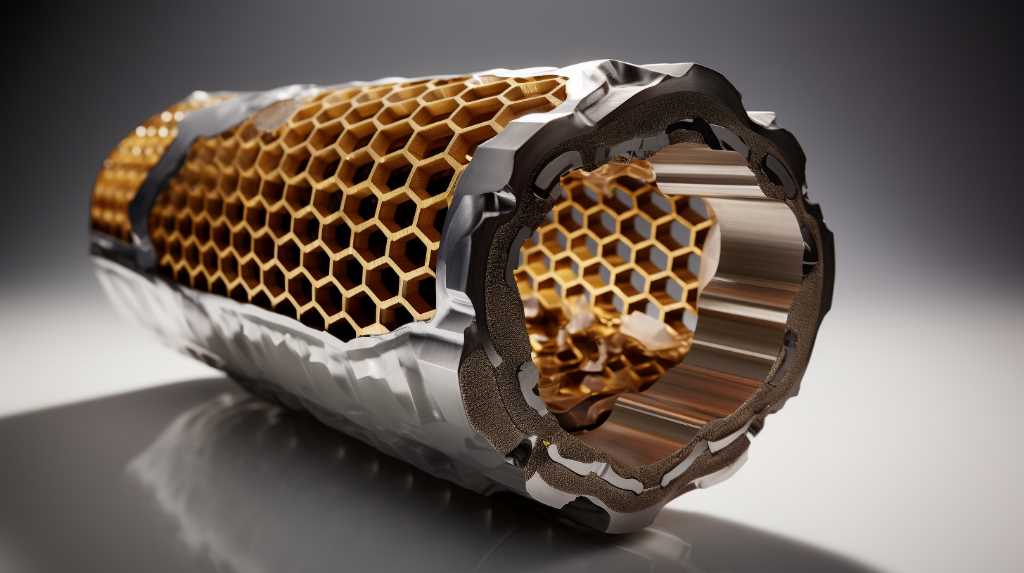
First, let’s delve into how high-flow catalytic converters utilize innovative technology to improve exhaust flow and optimize engine performance.
High-flow catalytic converters are designed with advanced materials and construction techniques to maximize the efficiency of the catalytic conversion process. One key feature is the use of high-performance catalyst substrates, such as metallic or ceramic materials, which provide a larger surface area for the catalytic reactions to occur. This allows for more efficient conversion of harmful pollutants into less harmful substances.
In addition, high-flow catalytic converters incorporate a honeycomb-like structure that helps to evenly distribute exhaust gases across the catalyst surface. This ensures that all exhaust gases come into contact with the catalyst, maximizing the conversion efficiency. Furthermore, these converters are designed with larger and smoother internal passages, which reduce exhaust backpressure and enhance exhaust flow. This not only improves engine performance but also reduces the strain on the engine, leading to increased fuel efficiency.
Another important aspect of high-flow catalytic converters is the use of advanced catalyst coatings. These coatings are specifically formulated to enhance the catalytic activity and durability of the converter. By optimizing the catalyst composition and distribution, these coatings allow for more efficient pollutant conversion and longer converter lifespan.
Unlocking the Hidden Power of High-Flow Catalytic Converters
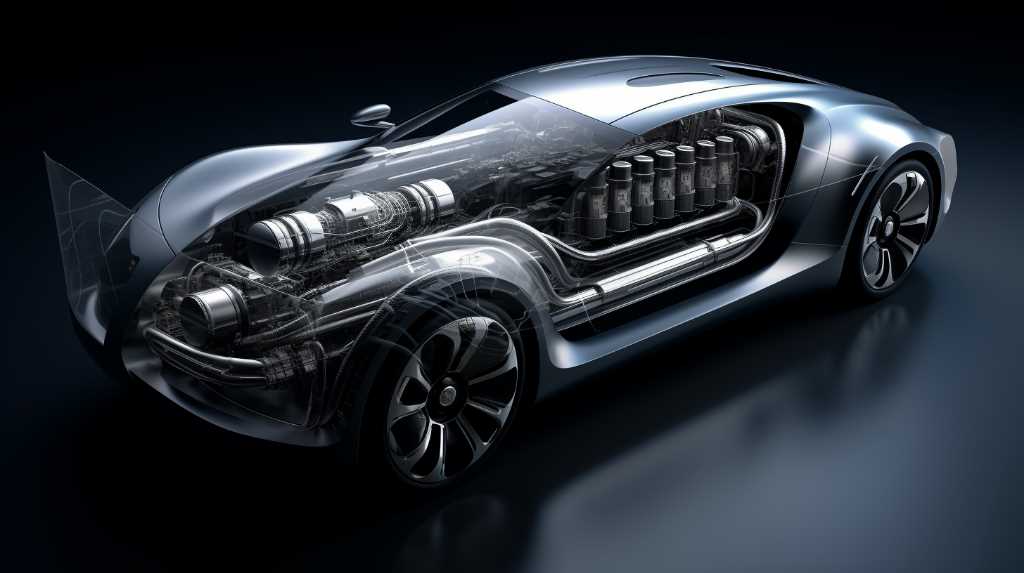
Maximize your engine’s potential with the hidden power of high-flow catalytic converters. These innovative devices not only reduce harmful emissions, but they also offer an added benefit – increased performance.
By allowing for better exhaust flow, high-flow catalytic converters can unlock the hidden power lurking within your engine.
Traditional catalytic converters are designed with the primary goal of reducing emissions, but they often restrict the flow of exhaust gases, which can limit your engine’s performance. High-flow catalytic converters, on the other hand, are engineered to maximize exhaust flow without compromising their ability to clean the exhaust gases.
The secret lies in the design. High-flow catalytic converters feature larger and less restrictive internals, such as honeycomb-style substrates with larger cell counts. This allows for a smoother and more efficient flow of exhaust gases, reducing back pressure and increasing horsepower and torque. With improved exhaust flow, your engine can breathe easier, resulting in enhanced performance across the RPM range.
In addition to the power gains, high-flow catalytic converters also offer improved throttle response and a deeper, more aggressive exhaust note. They’re a popular upgrade for car enthusiasts and performance-minded individuals who want to unleash the full potential of their engines while still meeting emissions regulations.
Frequently Asked Questions
How Much Do High-Flow Catalytic Converters Cost?
High-flow catalytic converters can vary in cost, depending on the brand and quality. You can expect to spend anywhere from a few hundred dollars to over a thousand dollars for a high-performance converter.
Can High-Flow Catalytic Converters Be Installed on Any Type of Vehicle?
Yes, high-flow catalytic converters can be installed on any type of vehicle. They are designed to improve performance and increase horsepower, giving your vehicle a hidden power boost.
Do High-Flow Catalytic Converters Require Any Modifications to the Engine?
No, high-flow catalytic converters do not require any modifications to your engine. They are designed to fit seamlessly into your vehicle’s existing exhaust system, providing improved performance without the need for additional adjustments.
Are High-Flow Catalytic Converters Street Legal?
Yes, high-flow catalytic converters are street legal. They can improve performance by reducing restriction in the exhaust system. However, it is important to check local regulations to ensure compliance with emissions standards.
How Do High-Flow Catalytic Converters Compare to Traditional Catalytic Converters in Terms of Lifespan?
High-flow catalytic converters typically have a shorter lifespan compared to traditional converters. This is because the high-flow design allows for increased exhaust flow, which can result in higher temperatures and more wear on the catalytic material.
Conclusion
So, if you’re looking to unlock hidden power in your vehicle while still maintaining emissions compliance, high-flow catalytic converters are the way to go. They not only improve engine performance but also reduce back pressure, allowing for increased airflow and ultimately more power.
With their advanced technology, high-flow catalytic converters are a must-have for any car enthusiast looking to take their vehicle to the next level. Don’t miss out on the benefits they can provide for your ride.
Related Articles
The Ultimate Guide to Performance Car Exhaust Systems
Next Exhaust Article: Beyond the Noise: How to Choose an Exhaust System for a Stealthy Upgrade
Previous Exhaust Article: Tuning Your Exhaust Note: a Deep Dive Into Exhaust Sound Modifications

Hey there, I’m Terra Frank, the driving force behind Motion Performance Motor Sports. I’m thrilled to have you here, exploring the fascinating world of cars, trucks, and everything related to automotive performance and accessories.

